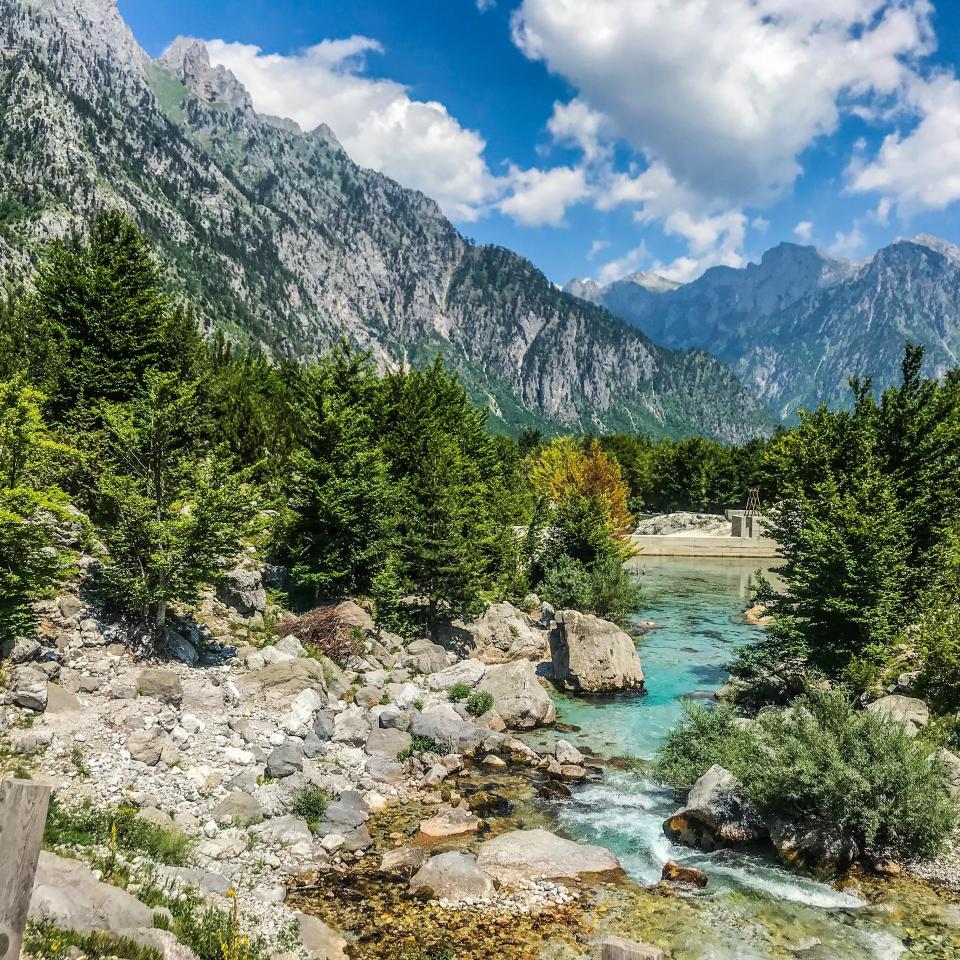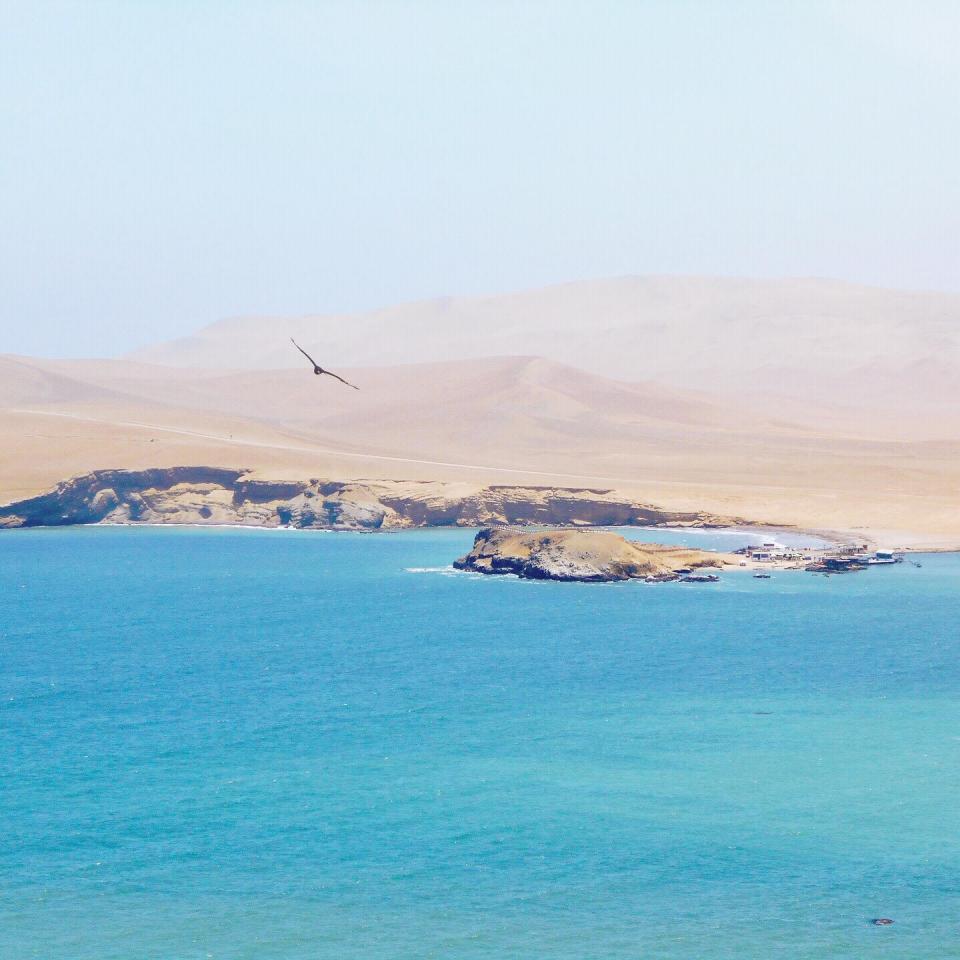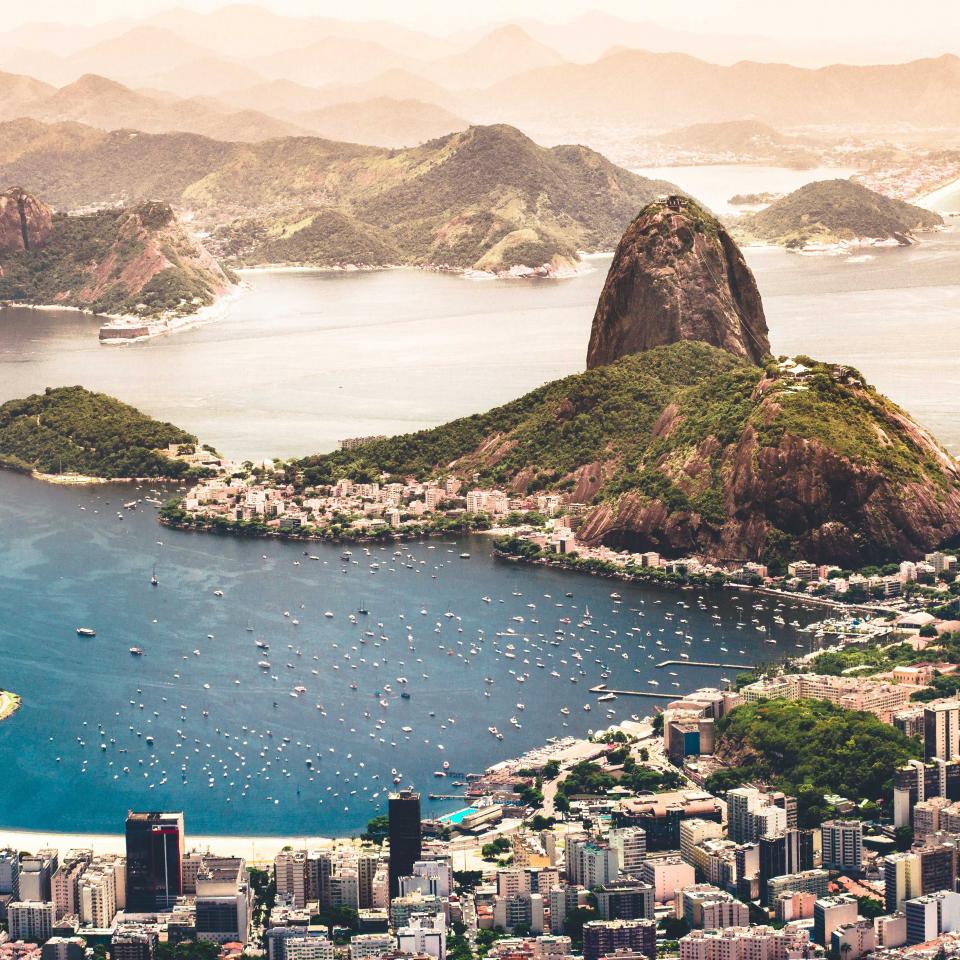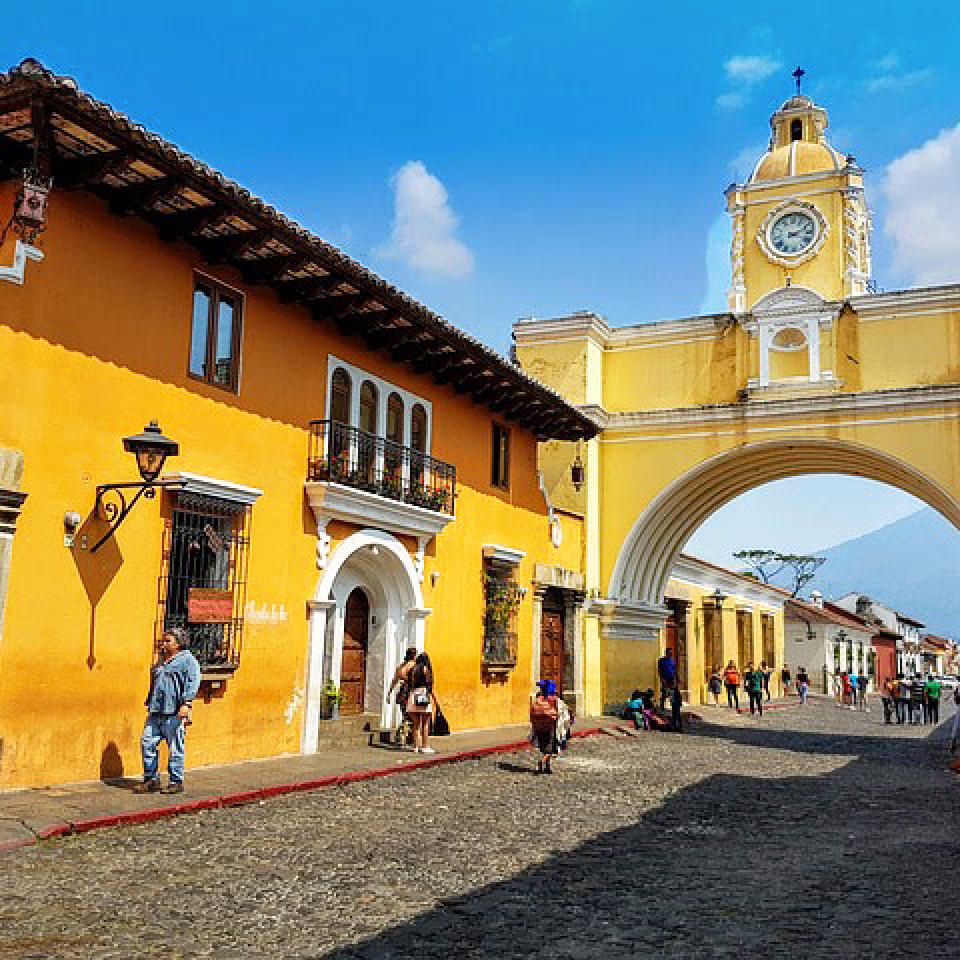While most flock to Istanbul and Cappadocia, the true beauty of Turkey is hidden deep in the east. It’s a highly underrated region with a complex history and a dazzling array of cultures. The area is completely untouched by western tourism and is home to some of the kindest people in the world.
This itinerary is for you if you’re looking to uncover authentic Turkey and get out of your comfort zone by being the only traveller in town.
If you’re solely interested in the east, I would recommend flying into Antalya. You can often find well-priced flights to Antalya via Europe or the UK, and it offers a gorgeous starting point before heading out into the wild east.
Antalya Airport is Turkey’s third largest airport, which absolutely booms during summer. As it’s a large and international airport, there is a wide range of shops and services available in case you need some last minute cash or a bite to eat.
If you can’t find a cheap flight to Antalya and don’t mind missing out on the birthplace of Rumi (see below), you can fly into Erzurum from Istanbul. It’s definitely the quickest way to dive deep into the region.
Anything is possible in Turkey, so your mode of transport will entirely depend on your budget, sense of adventure and how long you have to explore. For the daring, hitch-hiking here is simple, safe and quick.
Bus:
Buses are safe, clean and extremely easy to use in Turkey. You can buy your ticket by simply going to the bus station and asking for the next bus. This situation works until you’re deep in the east - it’s still possible but buses are more sporadic, so you probably want to check the schedule the day before. Buses in the east can be long and pricey depending on the company you choose and your travel time, but they’re always comfortable. They usually include in-seat entertainment with Turkish dubbed blockbuster films and also hand out free snacks, tea, coffee and soft drink.
We rode with a lot of different companies over our three months in Turkey, but Pamukkale Turizm and Metro Turizm never let us down.
Dolmuș:
Here’s where it gets fun! The locals get around by using minibuses called ‘dolmuș’ (pronounced dol-mush) and you should too. The dolmuș’ run on set routes and you literally just flag them down and jump on. You have to tell them where you’d like to get off and they’ll charge you accordingly (dolmuș’ are far cheaper than buses, so this is a great way to save some cash and mingle with the locals).
A dolmuș can service short-distances within cities or long-distance routes. In terms of logistics, the best part of relying on the dolmuș system is that you don’t really need information on when or where they’re coming - you just know they will. This is great, because there’s not much information online at all. Schedules change with the seasons and spread via word of mouth, especially in the east. You’ll know it’s your dolmuș because it will have a paper sign on the window with your destination or a destination along your route. Sometimes you might have to catch multiple different dolmuș routes to get to your end destination, but it’s a great adventure!
To master the dolmuș system, learn to pronounce your destination properly (so locals can point you in the right direction) and grab an offline map app so you can keep an eye on where you are (I use maps.me, it worked well enough in eastern Turkey). You should also get to know your route in case your dolmuș randomly drops you off somewhere along the way (yep - sometimes they do this. rare, but it’s always good to know where you are.) Many times we used our offline map to find the nearest main road (your best bet for finding a long-distance connection) and asked locals around us - it always worked out.
If you’re after hostels and a thriving backpacker scene, you won’t find it here.
Outside of the beaten track, accommodation in Turkey is focused on guesthouses, motels and local accommodation. To squeeze the most out of your trip to the east, I highly recommend Couchsurfing or using Airbnb in every destination.
**Use this discount code to get £25 off your Air bnb stay**
The hosts we met along the way stand out as some of the kindest people we’ve ever met. We had Askin drive 8 hours to host us from her family vacation on Airbnb and Yusuf give up his bed for us in Van on Couchsurfing.
The people you meet in eastern Turkey make it, so be sure to stay local if you’re up for it. It’s cheaper, more authentic and you might even get a lifelong pal out of it.
What to see and do in Konya:
Mevlana Museum:
Konya is Turkey’s cultural centre, so a trip to Mevlana Museum is well worth it. Rumi - 12th century Persian poet and Islamic scholar - lies here. The complex was a former lodge for Whirling Dervishes (see below), and is one of Turkey’s biggest pilgrimage centres.
Go Travel and Talk Top Tip: Visit early on a weekday. The museum can get ridiculously busy and it loses its charm if you’re rushing and ducking.
Whirling Dervishes:
If you only see one thing in Konya, it has to be the Whirling Dervishes. The 800 year old tradition is a ‘physically activated meditation’ performed by Sufi Dervishes. The dervish’s dress in white and spin, as if in a trance, expressing emotion, wisdom and love to their God. The performance is extremely powerful and is a beautiful insight into Sufism, a branch of Islam. The ceremony is performed free every Saturday night at 7pm, opposite the Hilton Garden Inn Hotel. Make sure you coincide your trip to Konya with a Saturday!
What to eat and drink in Konya:
Somatci Fihi Ma Fih Restaurant:
- Somatci Fihi Ma Fih Restaurant is Konya’s top rated restaurant offers a fine dining experience with eclectic flavour combinations. It’s definitely more expensive than your typical meal in Turkey but it’s well worth it. There’s a plethora of veggie/vegan options.
Adiyaman Cigkoftecisi:
- Cig kofte is great anywhere, but Konya is home to some special ones. Check out Adiyaman Cigkoftecisi for your fill on the scrumptious Turkish veggie delight.
What to see and do in Gaziantep:
Eat your heart out:
Gaziantep (better known as Antep) is one of the gastronomic capitals of the world. The cuisine here is rich and is a perfect fusion of Anatolian, Mediterranean and Middle Eastern tastes. From kebabs to olive oil dishes, pilafs and pastries, food is an art in Gaziantep.
Go Travel and Talk Top Tip: Antep is home to the world’s best pistachio baklava.
Old Town:
If cobblestones, mosaic and history are your thing, you’ll want to check out the old town. With a history extending back to the Hitties, the city has been continuously inhabited since 3650 BC. Check out Gaziantep Kalesi (Gaziantep Castle), meet local craftsmen and gape at the beauty of one of Turkey’s oldest bazaars.
What to eat and drink in Gaziantep:
Gulluoglu Baklava Efkan Gullu:
- Home to some of the world’s most delicious baklava, you can simply pop into any pastry shop here and know you’re in for a treat. There’s something special at Gulluoglu Baklava Efkan Gullu though, because this family run business has been around since the 1800’s.
Orkide Pastanesi:
- Orkide Pastanesi is a traditional yet upmarket restaurant hosts some of Gaziantep’s best loved dishes. From gozleme to cheesecake, Orkide is a must.
Traditional Tahmis Coffee House:
- Traditional Tahmis Coffee House is an unbelievable coffee shop that’s been in business since the 15th century. Your best bet is the menengic khavesi (coffee), a traditional Kurdish drink made from terebinth berry.
What to see and do in Sanliürfa:
Wander around Balikligöl and the gardens:
Right in the centre of the city, a well-kept park outlines Urfa’s most prized tourist attraction: the sacred fish ponds (better known as balikligöl in Turkish). For believers, the ponds are home to holy carp and the atmosphere buzzes with people from all walks of life. Grab a khavesi, buy some bread to feed to the carp and make the most of Sanliürfa’s relaxed vibe.
Old Bazaar:
Coined as one of the most authentic in Turkey, Urfa’s bazaar is a kaleidoscope of colours, smells and sights. The winding alleys are filled to the brim with spice stalls, cobblers, leather-makers and energetic children. It’s a great place to get lost, practice your Turkish and have cay.
Göbeklitepe:
Discovered only a decade ago, the magnificent Göbeklitepe is now acknowledged worldwide as an incredible historical find. The name translates to "Potbelly Hill" and it is believed to be the largest and oldest known temple in history. Mystery surrounds the ruins as to how the original structure was created as most tools had not yet been invented . Göbeklitepe is 15km northeast of the city centre near the village or Orencik - you can take the bus or grab a taxi to take you there.
What to eat and drink in Sanliürfa:
Zahter Kahvalti Salonu:
- Zahter Kahvalti Salonu is known to serve one of Sanliürfa’s best kahvalti (traditional Turkish breakfast spread), this gorgeous little breakfast spot is cheap, delicious and always fresh.
Hossam Kasal:
- Sanliürfa has a large Syrian refugee population, so be sure to try out the Syrian food here. I didn’t make it to this little falafel joint, Hossam Kasal, but I’ve read raving reviews. You can find it at 136 Mesarike Caddesi.
What to see and do in Mardin:
Midyat:
Known for its gorgeous sandstone pop-up book architecture, Midyat is about an hour drive from Mardin centre. Home to nine Syrian Orthodox churches, a 5th century monastery complex and a minority group of Assyrian people, the town is well worth exploring for a day trip.
Old City:
Perched on a hill sitting above the city, the old quarter of Mardin is jam packed with life. Balanced between the old castle and a hauntingly beautiful view all the way into Syria, the cobblestone-lined streets will keep you occupied for an entire day. Wander around the old theological college (Zinciriye Medresesi) and pop into a rooftop coffee shop for a quick fix of menengic khavesi.
Hasankeyf:
This whimsical little village is parted by the Tigris River and has a bustling history featuring different rulers. There’s evidence of human settlement as far back as 12,000 years ago, which is mind blowing. You’ll have to get in quickly though, a dam project in the near future is set to wipe out the entire town. While the historical monuments will be moved, the charm of the ancient village will be lost forever.
What to eat and drink in Mardin:
Seyr-i Merdin:
- This was one of the best meals I had in Turkey in my three months. Seyr-i Merdin is focused on home cooked traditional Anatolian food and it doesn’t disappoint. They only had one vegetarian choice but I was so gobsmacked with my meal that I didn’t mind eating it again when we returned. Prices are a little above average, but well worth it. Be sure to try a traditional sherbet.
What to see and do in Van:
Lake Van:
During summer, the lake attracts sunbathers from far and wide with its cool, aquamarine waters. The lake is huge and is even home to a very special type of cat with different coloured eyes. If you’re there for the winter, you’re in for a treat. Snow-capped mountains frame the lake and offer the perfect view from Van Fortress. The ruins here were some of my favourites in Turkey, so don’t miss out!
Old town:
Van is a historically urban centre, so the people watching here is grand. Simply wander through the old town and bazaars, mingling with locals and learning about Kurdish history. You’ll find some of the kindest people in the world here in Van, I know we did!
What to eat and drink in Van:
Kahvalti Street:
- If you’re a fan of the traditional Turksish breakfast, you’re in for a treat. Kahvalti in Van is taken very seriously: you’ll find some of the country’s most delectable plates here. To find your heaven, head to Sutcu Kenan Kahvalti Salonu.
What to see and do in Kars
Kars Kalesi and Cathedral of Kars:
Kars Kalesi fortress stands tall over the city and is an ode to the strength of Kars and its people. Destroyed and rebuilt a plethora of times, the castle has seven remaining watchtowers and four gates. Pretty impressive! After you’ve conquered the castle, make your way down the hill, stopping in at Kars Cathedral. This Armenian built-church was brought to life in the 10th century, and has since been transformed into a mosque.
Hire a car and drive around the plains:
If you have the time, this is the only place on your itinerary you’ll want to have a car. The scenery surrounding Kars is full of spectacular mountains, greenery and villages.
Ani:
Definitely the most whimsical of all the historical sights in Turkey, Ani was once the thriving capital of the Armenian Bagratid Kingdom. What remains is a stunning collection of structures and a view right into Armenia across the valley. To get to Ani, either hire a car or take a dolmuș (as mentioned above) from the centre dolmuș station (which is literally a car park). This information is ever-changing, so instead of giving you a false lead, simply ask a local for ‘Ani dolmuș’. The driver will wait for you, but be sure to ask.
What to eat and drink in Kars:
Food in Kars is notoriously not so good - the surrounding environment is harsh, which translates to short production seasons. Your best bet to an authentic Kars cuisine experience is to make friends with a local and eat at their home. The people of Kars are very welcoming and love to invite people over, so just get talking to somebody on the street about this and like magic, it will happen.
Final Thoughts...
Over our three months in Turkey, the east was by far my favourite region. With the east straying far off the typical tourist trail, we were able to connect deeply with the different cultures around us.





